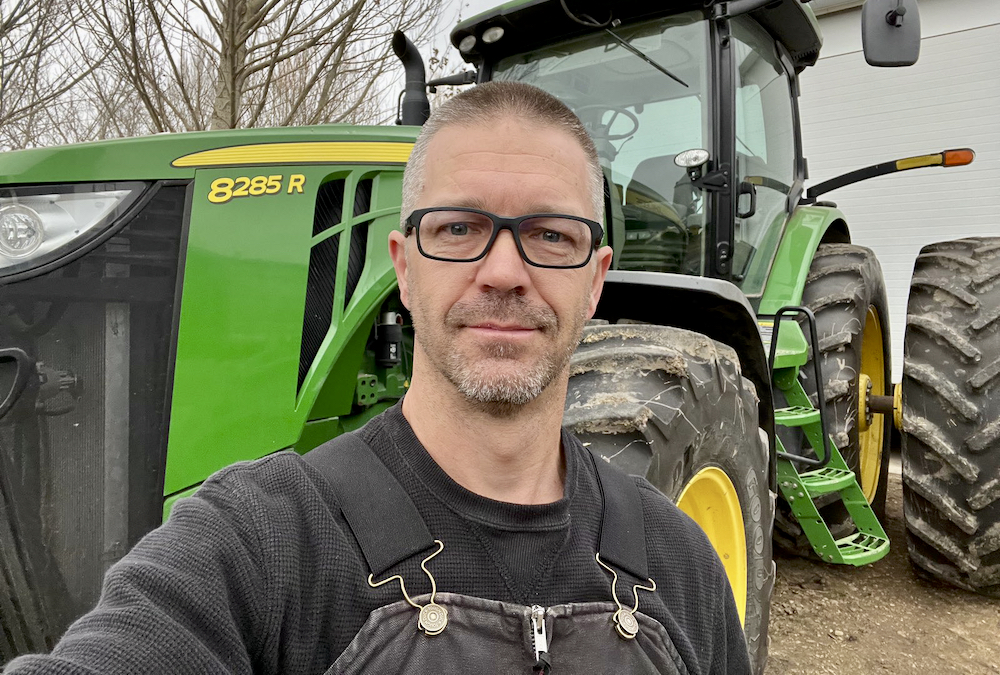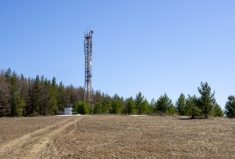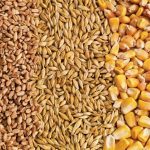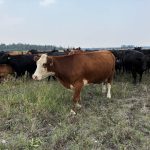After two years of increasingly slow internet service, an eight-month wait for a new Starlink system to arrive seemed like no time at all for Shane Strydhorst.
“Kind of like everything Elon Musk is associated with, they make big promises but maybe fail to deliver in a timely fashion. But they promised very high speeds, and they certainly have delivered on that,” said Strydhorst, who farms with wife Sheri near Barrhead.
“I think it’s suggesting we’re at download speeds of 150 to 200 megabits per second and upload speeds of 10 to 20 megabits per second. With Xplornet, we were at 1.5 to two megabits per second upload speeds and download speeds of 10 to 30 or so. It is significantly faster.”
Read Also
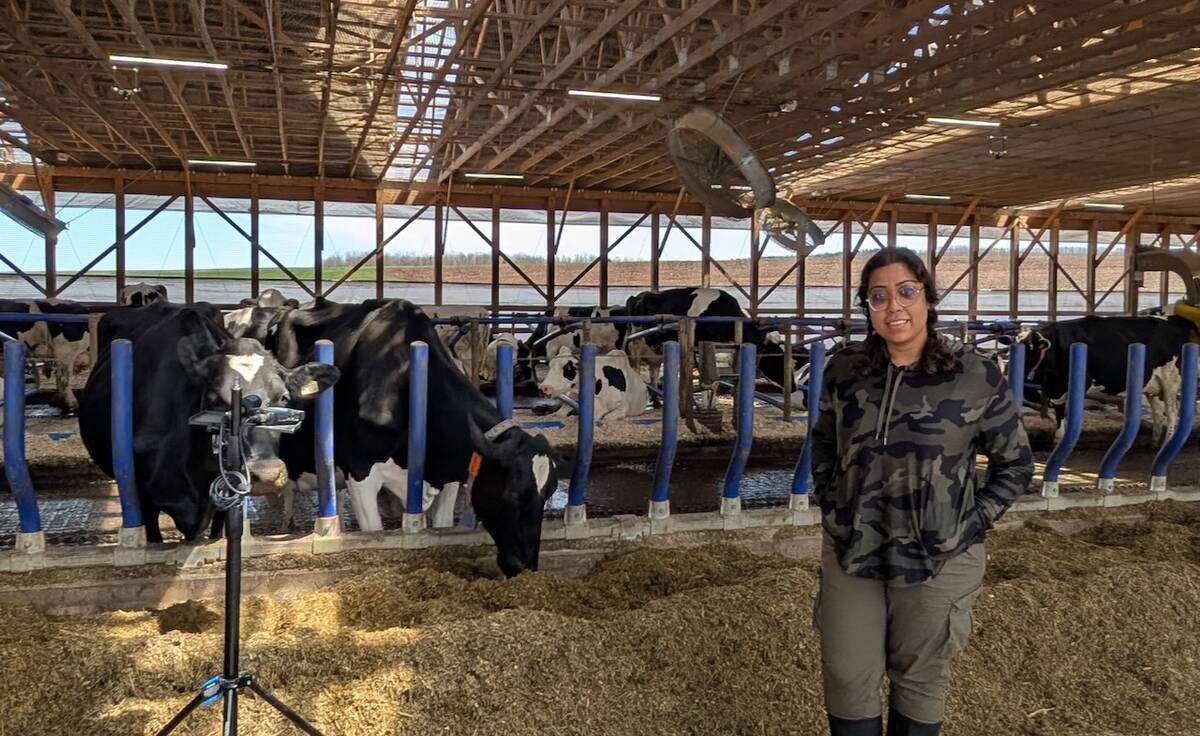
Moo translator and methane measures: There’s an app for that
Dalhousie University researchers use artificial intelligence to create new dairy farm apps that analyze cattle sounds and measure methane.
Xplornet, the country’s largest rural internet provider, has been upgrading its service in many areas, but prices have been rising to — to more than $100 monthly for Strydhorst, who had been a customer for 15 years.
“It kind of seemed like the costs went up faster than the improvements in the level of service,” he said. “We’re near a land-based tower that the whole community is tied into. So every time there’s heavy usage, you’d see your internet slow down.”
That only got worse in the early days of the pandemic.
“During COVID when all the kids were home from school and everyone was working from home for a time, the service was pretty poor as everyone shared as much bandwidth as that tower could spit out,” he said, adding work and volunteer commitments meant a lot of virtual meetings for him and his wife at the time.
“We found sometimes that one of us would have to take our meeting by the landline telephone, or sometimes I would actually have to go next door to my mom’s place so that we could each have enough speed to survive our meetings.”
But since they switched to Starlink system earlier this year, that hasn’t been a problem.

“Now we’re finding we can have simultaneous meetings,” said Strydhorst. “Our daughter can stream stuff at the same time as a meeting. We’re not having those lulls when everyone in the community is on the internet.
“There’s no lack of speed, that’s for sure.”
‘Hit-and-miss’ service
“To their credit, I think they surprised a lot of folks with how quickly they were able to launch,” said telecommunications consultant Mark Goldberg.
“A challenge for them, though, has been staying ahead of the demand curve. In high-demand areas, they’ve cut off new sales until they’re able to launch more satellites and add capacity.”
Those launches are happening all the time, he added. Two years ago, Starlink had roughly 500 of its small satellites in orbit, but that number is closer to 2,500 satellites today.
“A lot of the viability of the technology depends on the density of the constellation they get,” said Imran Mohiuddin, policy adviser at Cybera, a Calgary-based non-profit dedicated to Alberta’s cyber-infrastructure. “They’re still in the phase where they’re launching satellites. As they get to a certain density, the total throughput of the network is going to increase. Hopefully then some of the latency and speed issues resolve.”
There have already been reports of speeds slowing down in certain areas as subscriber numbers go up, he added, pointing out that, as of February, SpaceX (the parent company) still only had around 250,000 subscribers worldwide.
“I think it’s been kind of hit and miss,” said Mohiuddin. “SpaceX has kind of allowed people to get this impression that Starlink is a turnkey solution to connectivity. They launch the satellites, they send you the dish, one connects to the other, and everybody gets internet.
“But the reality is much, much more complicated. The experience since their launch has indicated that.”
Strydhorst has noticed that with his own Starlink system.
“Probably our biggest complaint at the moment is that there seems to be frequent service interruptions just for a second or two at a time,” he said. “If you’re streaming music or a movie, you’d never notice it. But when you’re on a virtual meeting, it will drop that meeting for a few seconds and then pick it up again.”
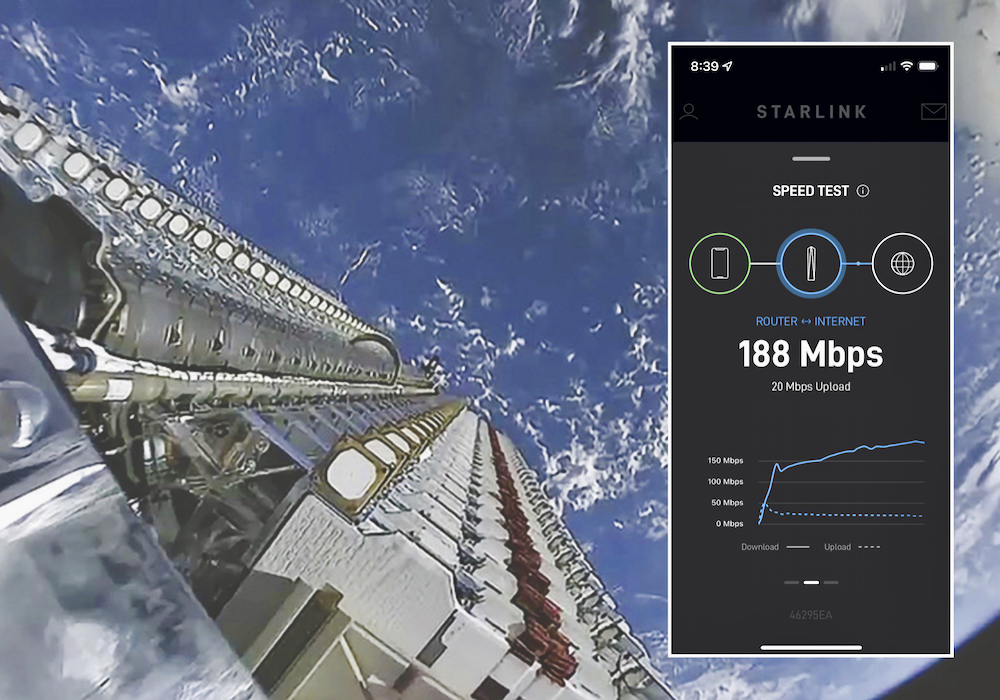
There’s also a continuing line of sight issue, said Mohiuddin.
“That’s common to any satellite solution, but if you get a dish, it’s still very sensitive to weather, cloud cover, and tree lines — anything that obstructs the line of sight between the dish and the satellite.”
That’s been Strydhorst’s experience as well.
“I had to cut down a tree and reposition the dish to get a little better view of the sky, but it’s very, very fast.”
And it will likely only get faster as the constellation of satellites continues to grow.
“Some of the overpromising has been concerning, but they’re claiming some of these issues will be solved as more satellites get launched,” said Mohiuddin.
“I think there’s reason to still be optimistic. It’s still very much in the early stages.”
Rising costs
Earlier this year, it raised both the price of the terminal (to $759 from $649) and the monthly service price ($140 a month versus $129 previously), while also introducing a premium pricing tier.
That’s surprised a lot of people who figured most consumers would only be willing to pay, at most, half that.
“In fact, people have been cheering on Elon Musk and this high-priced offering,” said Goldberg.
“Had there been that kind of understanding for other service providers, we may have seen more entrepreneurs rolling out fixed wireless or fibre solutions where they wouldn’t have been economically viable at $50 or $60 a month but perhaps would have been at $150 a month.”
The economics of laying fibre has been a barrier for getting higher-speed internet in rural Canada, he added.
“Canada has very tough geography in certain areas, and that makes it very difficult to put in fibre.”
As a result, there are communities across Canada where fibre isn’t a viable solution without additional government funding and policy reform.
“Where that can be done, I think it should be,” said Mohiuddin. “The benefit of fibre is it’s more reliable, it has higher bandwidth, and it’s more future-proofed. It may be expensive to lay, but it’s a lot cheaper to update.”
The federal government has committed $2.75 billion to the Universal Broadband Fund to bring high-speed internet to all Canadians by 2030, while the Alberta government recently launched a rural broadband strategy that aims to have 100 per cent connectivity for rural Albertans by spring of 2027.
“There’s a pretty strong consensus that there is a problem, and different levels of government are trying to find solutions to it,” said Mohiuddin. “So far, it’s been primarily through funding, but there are some continuing structural problems to making that happen — particularly, how monopolized the telecom market is in Canada.
“These companies have a lot of control over the market, and they have a lot of power in dictating where they build and what they can charge. That’s a central problem to what’s going on with rural internet.”
But Mohiuddin views Starlink — and any newcomer — as a plus because more competition is needed and government should be reducing “the barriers to entry for new market entrants.”
Smart ag technology
“We’re sitting at the beginning of a potential technology revolution that could be a huge benefit to rural communities, and smart ag tech is an obvious example of that,” said Mohiuddin.
“But as these applications become more used and rural communities become more reliant on them, they are going to require greater and greater bandwidth. That’s not that big of an issue when you’re in an urban community that has fibre… but if you’re in a community that’s reliant on satellite, there’s a question as to whether it’s going to provide a reliable enough high bandwidth solution to make some of the new technologies viable in the long run.”
So far, Strydhorst isn’t worried about that.
Despite some hiccups he’s had with his new service, Strydhorst is confident that the coverage will only get better and better.
“I’m a farmer, so I’m always optimistic,” he said. “We’re coming into an age where data is being used and shared more and more, so it’s more important than it used to be to have a good rural internet connection to support those kinds of things.
“I’m really optimistic that as they get more satellite launches, the coverage will get just a little bit more reliable and consistent.”

